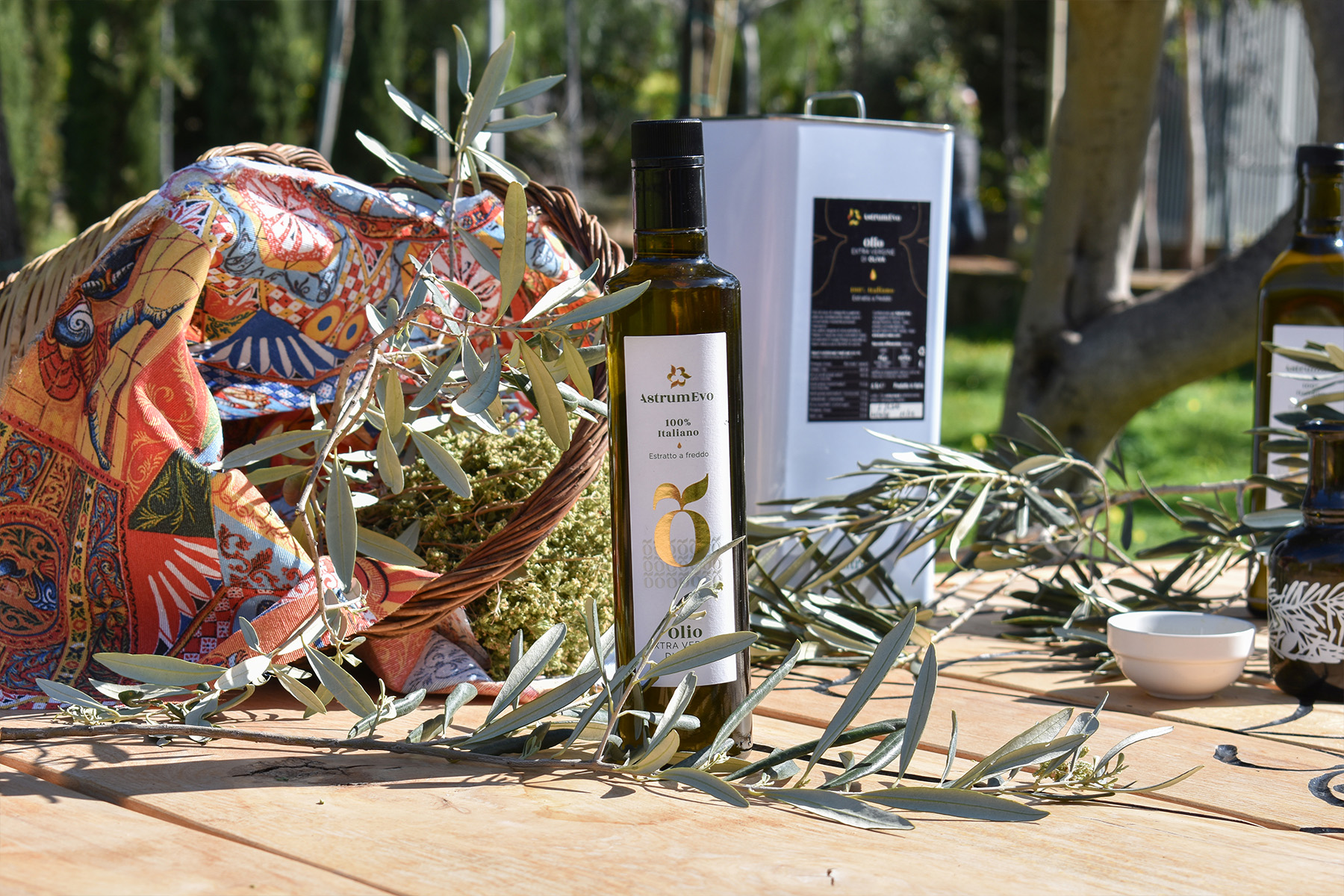The Extra virgin olive oil is a valuable product due to its unmistakable taste and health benefits. However, not all extra virgin oils are the same, and recognizing a quality product requires attention to detail. The aspects to consider are not few, but here are some fundamental ones to make an informed choice.
Read the label carefully
The label is the first clue to assess the quality of an extra virgin olive oil. It is therefore essential to seek clear information about the origin of olives, and the best oils clearly indicate the place of cultivation and processing. Words such as “100% Italian” indicate greater control over the supply chain.
Evaluate the date of production
A quality extra virgin olive oil is a fresh product. Therefore, the date of production or harvesting of olives should be clearly indicated on the label. The oil deteriorates over time, so it is best to choose a recent product, ideally no older than 12-18 months.
Check the type of packaging
The packaging is a crucial detail. A quality oil is bottled in dark glass containers or cans, which protect it from light and oxidation. Avoid oils sold in transparent bottles, as exposure to light can compromise their taste and beneficial properties.
Analyse the scent and taste
A quality extra virgin olive oil has a fresh scent, reminiscent of herbaceous or fruity notes. The taste should be balanced, with a slight bitterness and a hint of spiciness, characteristics that indicate a high content of polyphenols, natural antioxidants beneficial for health. If the oil tastes rancid, metallic or too neutral, it may be of poor quality.
Recognizing a quality extra virgin olive oil requires some practice and attention, but the benefits – in terms of taste and health – are worth the effort!
